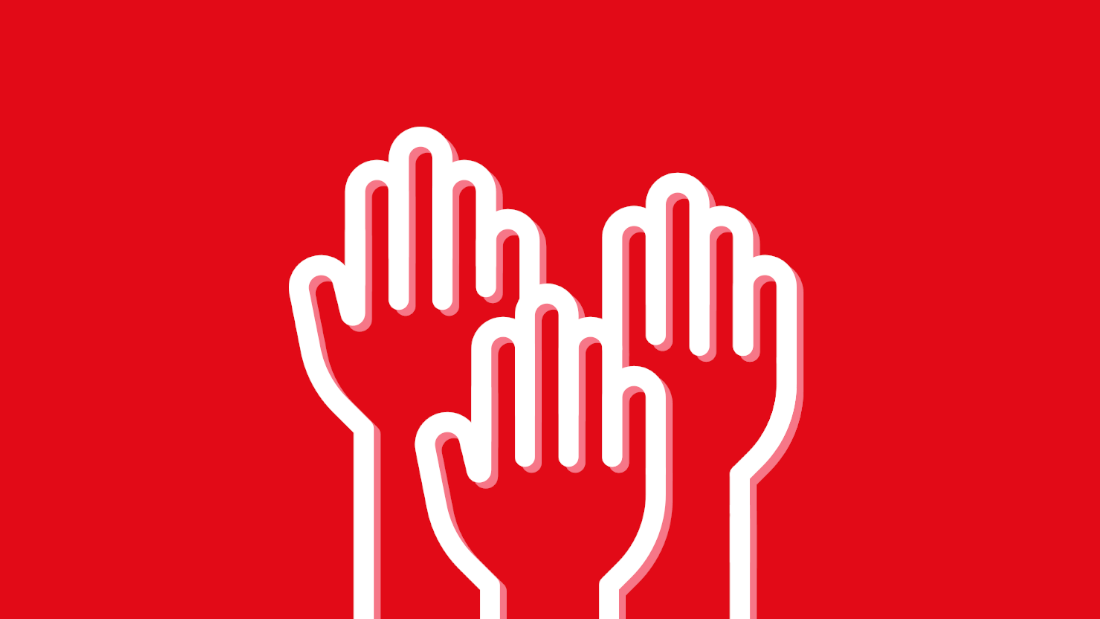Attending a workshop on women in leadership inspired me to think about my own visibility and what it means for my career.
The webinar-workshop took place in February this year and was organised by a network of female professionals.
It featured several inspiring speakers who shared their stories, the challenges they’d faced, and tips on how to succeed as a woman in male-dominated fields.
One of the talks that caught my attention was about visibility in the workplace, and how it can affect our career prospects, confidence, and influence.
The invisible woman
I’ll admit that I have never been very visible.
I was always the quiet kid at school, the one who never raised her hand, the one whose name the teachers never remembered. I preferred to blend in, to avoid attention, to do my work without making a fuss. I thought that was the best way to avoid trouble, criticism, and conflict.
As I entered the workforce, I realised that being invisible was such a good thing.
People who were more visible got more recognition, more opportunities, and more feedback.
I felt the pressure to make myself known, speak up, network, and showcase my achievements. But I also felt uncomfortable, insecure, and out of character.
I wondered if I would have to fundamentally change who I was to be successful.
Visibility from behind the screen
One of the challenges that we face in being more visible in the workplace is the shift to remote working.
Since the pandemic, I have been mainly working from home, relying on digital tools and platforms to communicate and collaborate with my colleagues and clients.
I wonder how this affects our visibility and how we can adapt to this new reality?
On one hand, I think remote working can make it easier to be more visible.
For example, we can use Slack channels to share updates, feedback, and opinions with a wider audience.
We can also write blog posts, join online events, webinars, and podcasts to network and learn from others.
On the other hand, there are fewer opportunities to build rapport, trust, and relationships with my colleagues. Small things we used to take for granted like chatting at the coffee machine, having lunch together, or bumping into someone in the hallway.
I also notice that I often seen the same names online in the chat and hear the same voices in online meetings. People who are more active, vocal, and dominant.
How can I stand out and be noticed among the crowd?
Removing the invisibility cloak
Since joining Sparck, I’ve developed a passion for my job, a sense of purpose, and a desire to make a difference.
I’ve gained more confidence in my skills, my ideas, and my value.
I’ve also found an immensely supportive environment and I realised that maybe I do have something to offer, and something to contribute.
I want to be more visible not for the sake of visibility itself, but for the sake of making an impact in the work that I do.
A workshop on visibility
The talk on visibility in the workplace I attended resonated with me on many levels.
The speaker, a senior executive at a global company, shared her insights on what visibility means, why it matters, and how to achieve it.
Here are some of the key lessons I learned from listening to hear speak.
- Visibility is not about being loud, flashy, or self-promoting. It is about being seen, heard, and respected for who you are, what you do, and what you stand for.
- You don't have to be an extrovert to be visible. Just be true to yourself and think about what makes you comfortable. It could be writing a blog, participating in an online discussion, or presenting a workshop.
- Visibility is not a one-size-fits-all concept. It’s a personal choice, a personal style, and a personal strategy. It depends on your personality, your goals, your context, and your audience.
- The right level of visibility is when it increases job security and reward, advances professional and personal development, and positively affects well-being.
- Visibility is not a static state, but a dynamic process. It is not something you have or don't have, but something you do or don't do. It requires intention, action, and adaptation.
- You can build workplace visibility by first crafting the message you want to send, then finding the right audience and choosing the best method for you.
Should we need to be visible?
Another question that I ask myself is whether we should need to be visible to make a difference.
I understand that visibility can have many benefits, both for individuals and organisations.
But I also recognise that not everyone is comfortable or interested in being visible.
I respect that some people prefer to work behind the scenes, to focus on their tasks, to avoid the spotlight. I wonder if that should be enough, and if doing a great job should speak for itself.
For user researchers in particular, a low-key, quiet manner can be a real asset. It’s our job to listen more than it is to perform, and to build rapport with research participants who might themselves be shy, anxious, or unsure.
Ultimately, I think being visible is a personal decision that each one of us must make for ourselves. There is no right or wrong way to be visible, as long as we are authentic, respectful, and ethical in our approach.



